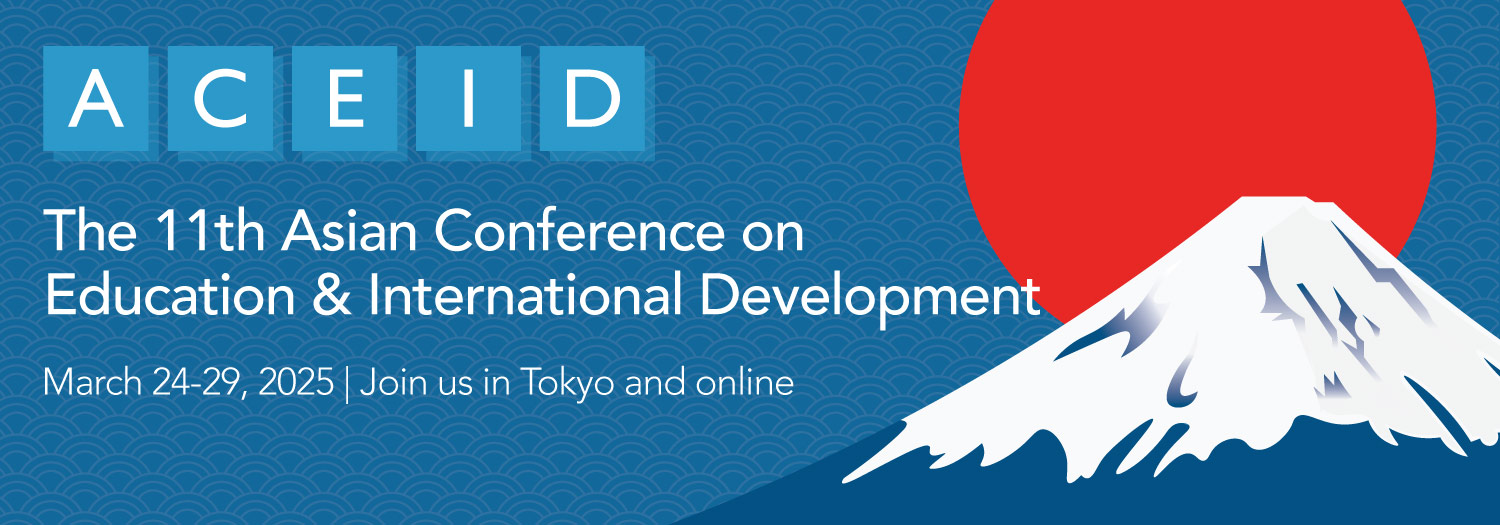Errors in L2-Chinese Orthography for L1-Japanese and L1-Korean Learners: A Corpus Study (79102)
Session: On Demand
Room: Virtual Poster Presentation
Presentation Type: Virtual Poster Presentation
Both Korea and Japan are countries within the Sinosphere. Nowadays, the use of sinograms in Korean has become increasingly rare, while they are still retained in Japanese. While previous studies have investigated L2-Chinese character errors separately for L1-Japanese and L1-Korean students at different levels of L2-Chinese proficiency (Liu, 2020), a direct comparison is needed to find out L1-specific differences given their differential preference in the use of sinograms. This study focuses on L1-Japanese and L1-Korean students at the intermediate level of Chinese language proficiency, which is considered the stage where the writing ability of international students is relatively stable (Zhu, 2021). Individual Chinese characters were randomly selected and grouped into pre-established frequency bands A and B (Ministry of Education, 2010), with 60 characters in each band. Sentences containing target characters were extracted from Chinese continuous interlanguage corpus (Zhou et al., 2016). Errors were classified into two types: spelling errors (writing the wrong character), and substitution errors (writing a different character than intended). A total of 5007 sentences were analyzed. We conducted separate two-way ANOVAs (L1:Korean/Japanese x Band:A/B) on the substitution error rate and spelling error rate respectively. We found a significant main effect of Band for both error types (F1(1,5003)=8.49, p=0.004; F2(1,5003)=6.68, p=0.010), with higher accuracy for high-frequency words than low-frequency words. Crucially, the interaction between L1 and Band was marginally significant only for substitution errors (F1,5003)=2.92, p=0.088). L1-Japanese learners tend to make more substitution errors for low-frequency words, indicating a potential influence from their larger inventory of sinograms.
Authors:
Kun Yu, The Hong Kong University of Science and Technology, Hong Kong
About the Presenter(s)
Ms Kun YU is a University Postdoctoral Fellow or Instructor at The Hong Kong University of Science and Technology (HKUST) in Hong Kong
See this presentation on the full schedule – On Demand Schedule





Comments
Powered by WP LinkPress